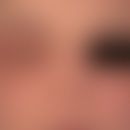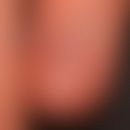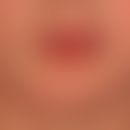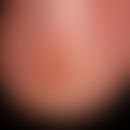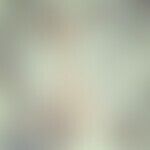DefinitionThis section has been translated automatically.
Helmet infection of snakes, whereby humans are infected accidentally.
PathogenThis section has been translated automatically.
Porocephalus and Armillifer species (for example P. crotali, A. grandi, A. moniliformis, A. armillatus); belonging to the pentastomidae family.
You might also be interested in
Occurrence/EpidemiologyThis section has been translated automatically.
- In snake-rich regions of Asia, North and South America and in Africa.
- Reptile keepers and owners are particularly at risk.
Clinical featuresThis section has been translated automatically.
- After an incubation period of several months, the larvae hatched from the orally ingested eggs perforate the intestinal wall and can parasitize into various tissues, but do not develop into an adult womb in humans.
- Organ-specific symptoms, rarely also eye infestation.
- Massive parasite infestation can lead to death.
LaboratoryThis section has been translated automatically.
Eosinophilia, leukocytosis. In severe infections, dysproteinemia.
DiagnosisThis section has been translated automatically.
Histological larval evidence in biopsies, radiological findings by chance.
TherapyThis section has been translated automatically.
No therapy available.
ProphylaxisThis section has been translated automatically.
Avoid contact with snakes, hygiene in the care of reptiles.
Disclaimer
Please ask your physician for a reliable diagnosis. This website is only meant as a reference.

